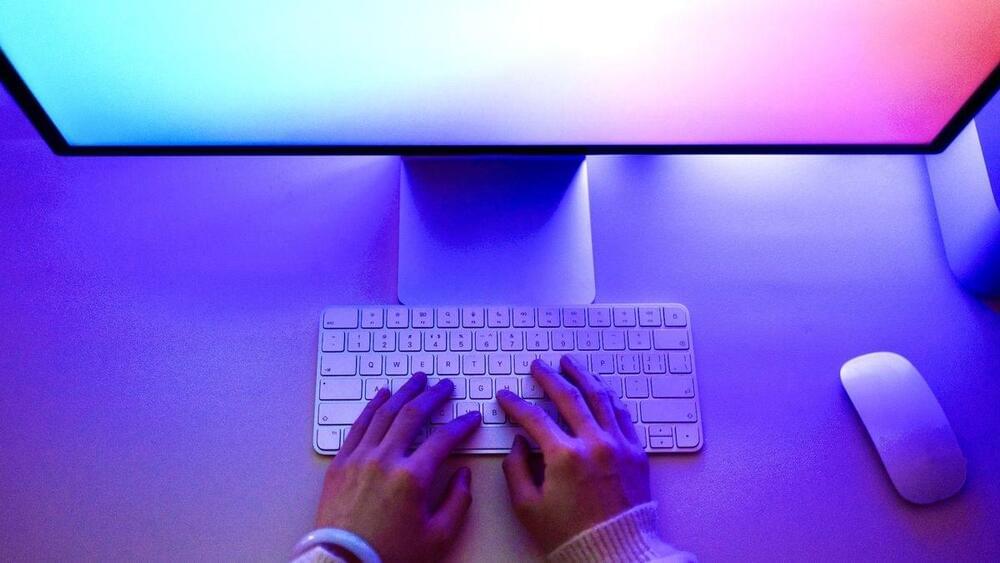Amazon-backed OpenAI rival was valued at $18 billion last year.



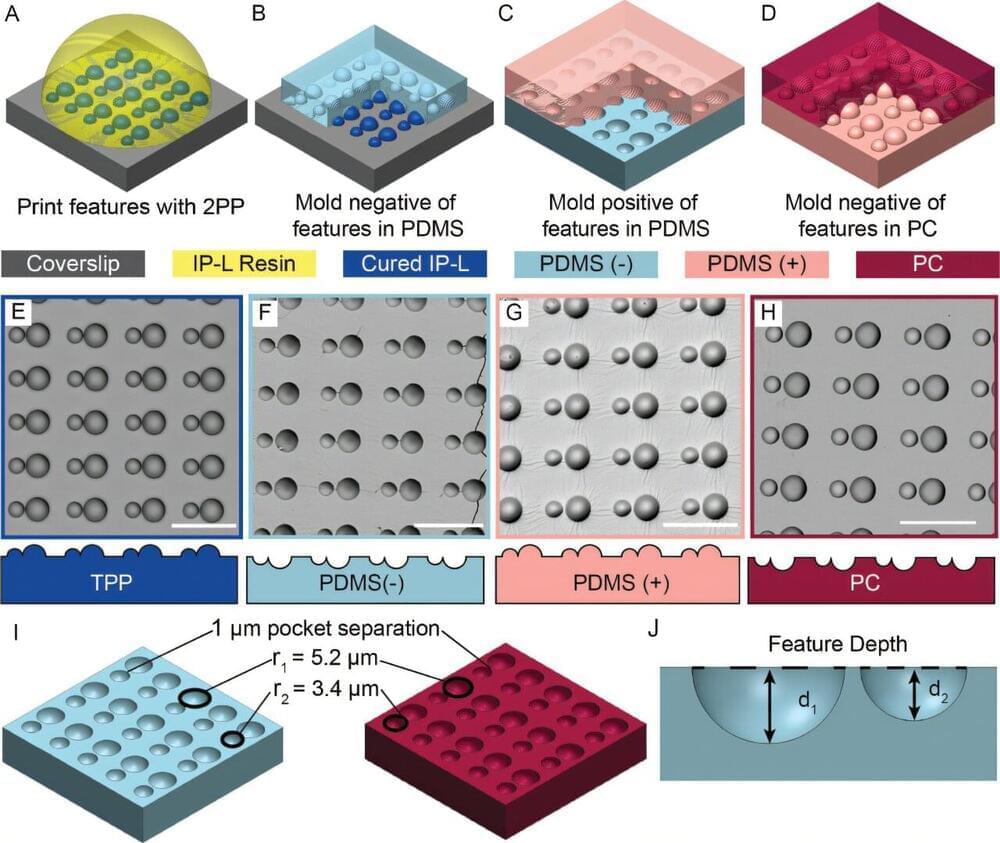
When robots are made out of modular units, their size, shape, and functionality can be modified to perform any number of tasks. At the microscale, modular robots could enable applications like targeted drug delivery and autonomous micromanufacturing; but building hundreds of identical robots the size of a red blood cell has its challenges.
“At this scale, robots are not big enough to hold a microcontroller to tell them what to do,” explained Taryn Imamura, a Ph.D. Candidate in Carnegie Mellon University’s Department of Mechanical Engineering.
“Active colloids (the robots) have what we call embodied intelligence, meaning their behavior, including the speed at which they travel, is determined by their size and shape. At the same time, it becomes more difficult to build microrobots that have the same size and structure as they get smaller.”
Discover new technologies shaping 2025! NVIDIA’s Jetson Thor system is set to revolutionize humanoid robotics, while Meta’s Ray-Ban Stories smart glasses lead the wearable tech trend with over 1 million units sold. AI continues to transform industries with tools like ChatGPT. Don’t miss Unitree’s B2-W robot showcasing incredible stunts, speed, and heavy payload capabilities—available for purchase now!
📲 Follow us on social media @toborlife for updates, innovations, and exciting announcements!
💬 Have questions? Contact us at:
📧 [email protected].
📞 (408) 409‑4061
#RobotDogs #Humanoids #AIInnovation #FutureIsHere #TOBoRLife #robotdog #securitydog.
Don’t forget to like, comment, and subscribe for more amazing content from TOBoRLife! 🤖✨
World-leading humanoid robotics and artificial intelligence (AI) company Realbotix has announced it will unveil its latest robot, “Melody,” at this year’s Consumer Electronics Show (CES 2025).
Melody is, by all accounts, an open-source design that features functionality, adaptability, and user experience above beyond its previous offerings.
Realbotix, in case you are unaware, develops “customizable, full-bodied, human-like robots with AI integration that improve the human experience through connection, learning, and play.”

Summary: Researchers have developed an AI model that accurately predicts gene activity in any human cell, providing insights into cellular functions and disease mechanisms.
Trained on data from over 1.3 million cells, the model can predict gene expression in unseen cell types with high accuracy. It has already uncovered mechanisms driving a pediatric leukemia and may help explore the genome’s “dark matter,” where most cancer mutations occur.
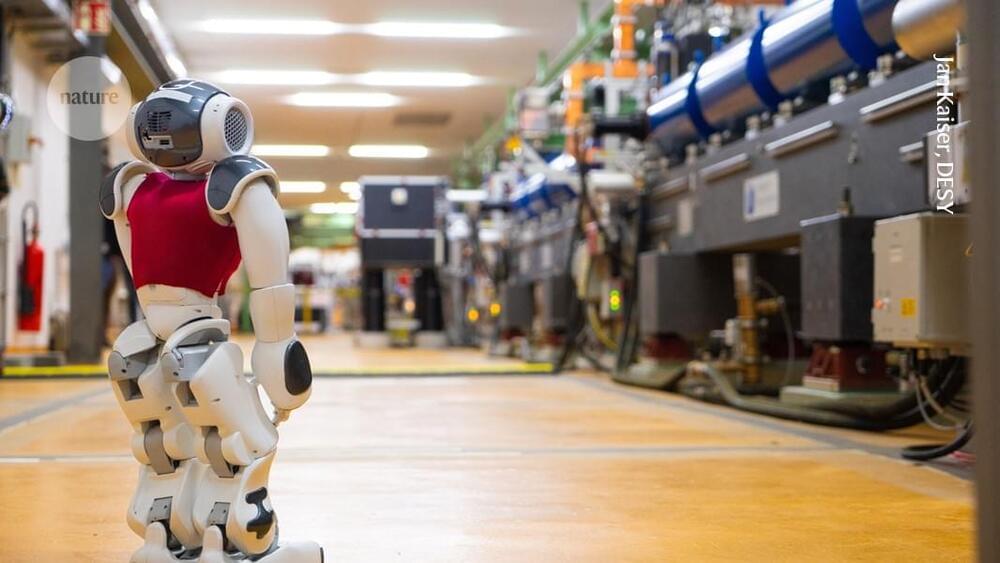
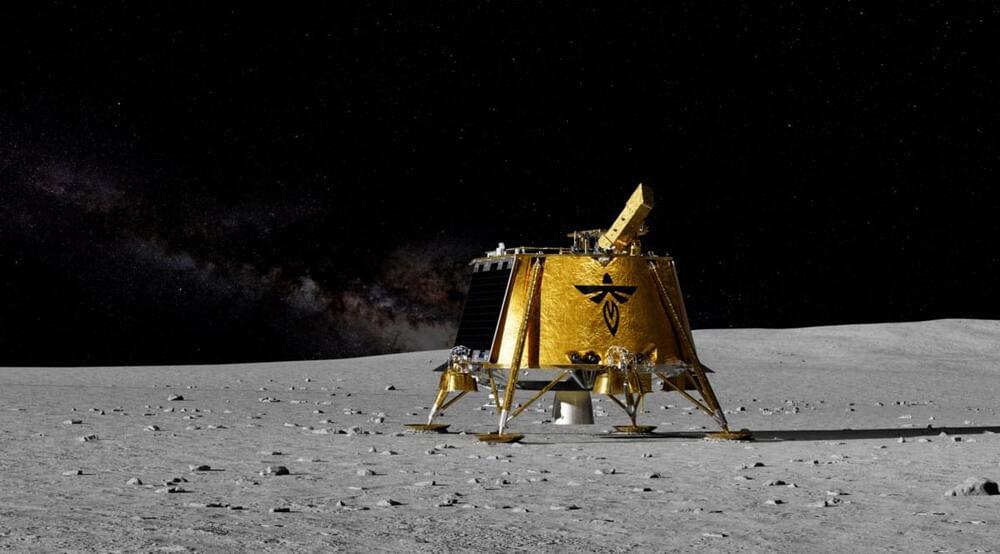
Near the Moon’s eastern limb lies Mare Crisium — the Sea of Crises — a low basalt plain embayed by rugged mountains. Carved by a colossal impact some 3.9 billion years ago, the 460-mile-wide (740 kilometers) mare appears largely flat and featureless. But lingering whispers of a volcanic past are everywhere, from its ubiquitous darkness to craters flooded and semi-obliterated by ancient basalt lavas — and a curious, solitary landmark near its center: the four-mile wide (6.4 km) Mons Latreille.
Soon, a robotic craft called Blue Ghost will land here, carrying 10 science instruments and technology tests as part of NASA’s Commercial Lunar Payload Services (CLPS) program. Also known as Blue Ghost Mission 1 and nicknamed Ghost Riders in the Sky, the lander is targeting a six-day launch window in mid-January. NASA announced Jan. 7 that the first scheduled launch opportunity is 1:11 a.m. EST on Wednesday, Jan. 15.
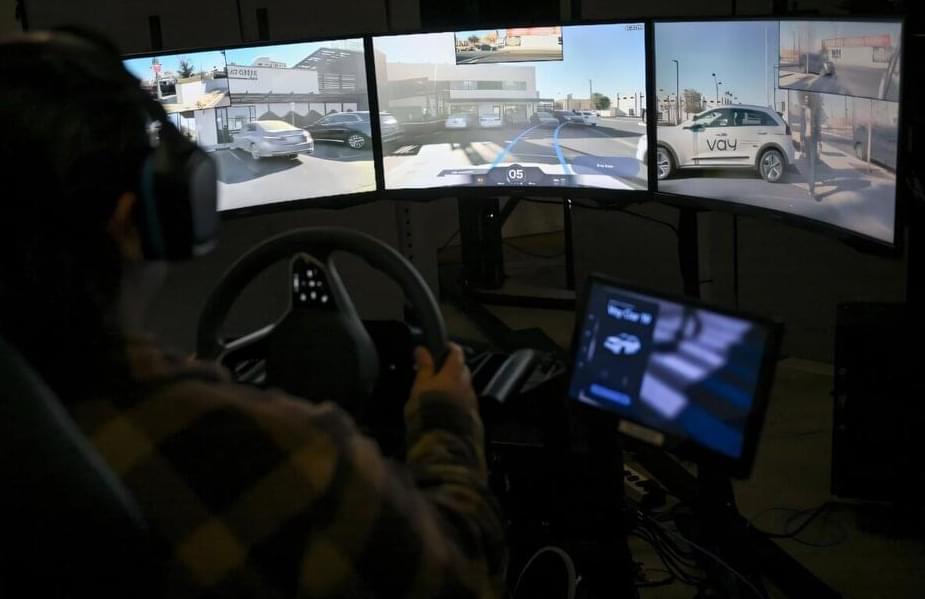
A German startup is pioneering remote driving technology, offering a unique alternative to autonomous vehicles. By utilizing human drivers operating from remote locations, the company provides cost-effective rides and vehicle delivery services. This innovative approach is gaining traction, with a growing fleet and thousands of completed rides.
With no one in the driver seat, the SUV pulling up resembles an autonomous robotaxi like those becoming increasingly present in some cities—but the car from German startup Vay is something else.
One of a number of emerging players aiming to disrupt road transportation, the seven-year-old company is built around remote driving, where a human is very much present, though sitting in an office using TV monitors to guide the car.
Over the last year, riders in Las Vegas have been able to test drive Vay, and the company was demonstrating its technology ahead of the Consumer Electronics Show (CES), the world’s most important tech show.
